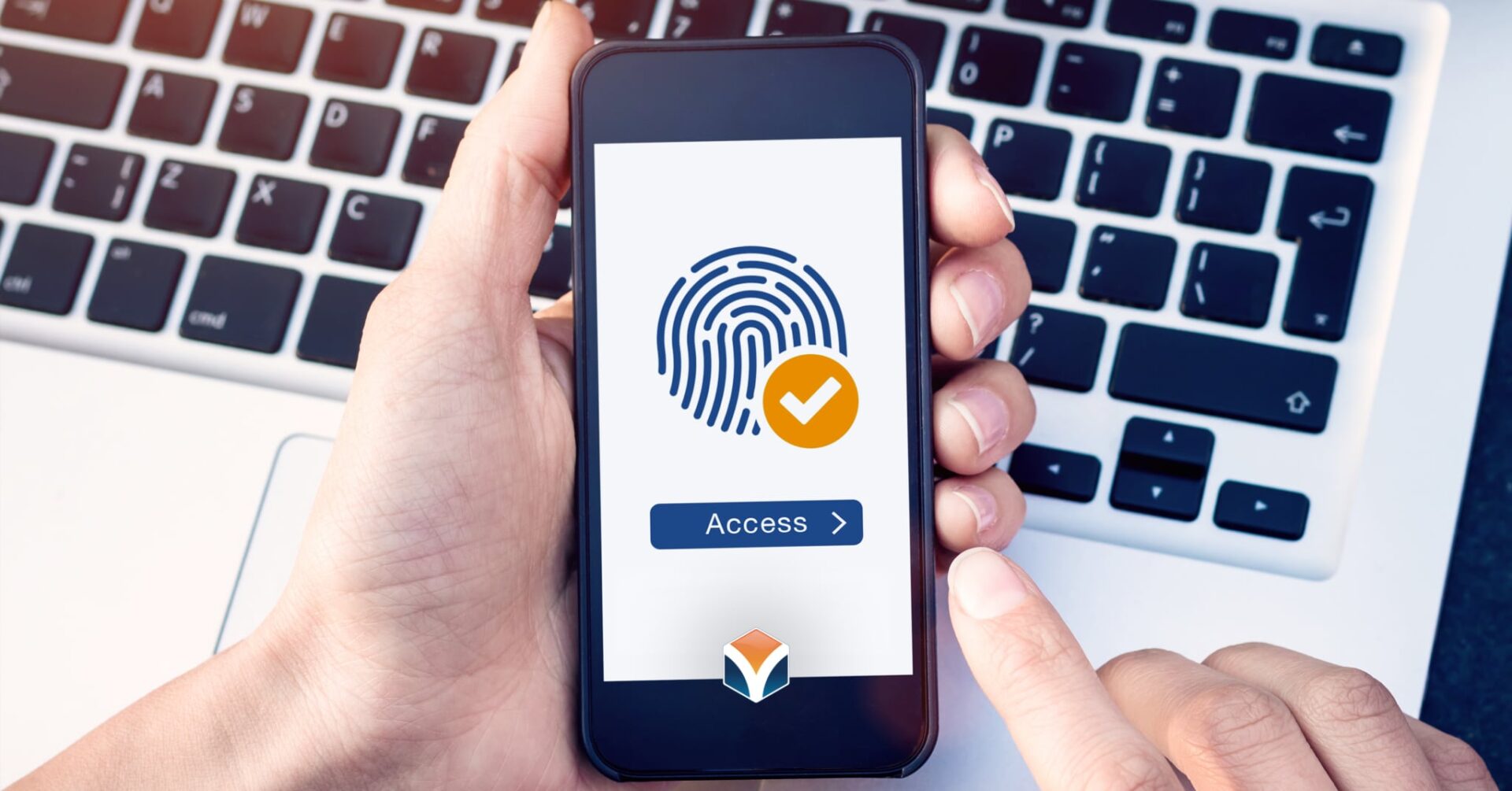Regardless of the size of your organization, risks to your data are everywhere. Over the last several years, cybersecurity crimes have cost companies millions of dollars annually in destructive system damage and data corruption. Today’s modern businesses need to stay diligent as they effectively combat the latest online threats. Here are seven must-have cybersecurity tips to keep your business protected.
1. Deploy Authentication Protocols
User authentication is a great way to actively monitor and police certain types of access into your system. Relying on logins and passwords alone isn’t the best option when keeping your data secure. By using multifactor authentication protocols, you’ll be able to reduce the likelihood of a data breach significantly.
Authentication methods can vary in complexity, but typically include two or more steps to prove the identity of the user. Some factors can include login credentials, security questions, fingerprint recognition, and digital certificates from smartphones. Authentication helps companies confirm the identities of their employees and keeps systems safe from unauthorized sources.
2. Enable HTTPS on Your Website
HTTPS is the new standard in web security, and more and more businesses are making the switch. HTTPS uses an advanced encryption technology known as TLS (Transport Layer Security). This means that if a website is hacked, the information shared on it is rendered useless to a hacker. For companies using older HTTP standards, however, the transition to a more secure platform is not automatic.

To move to HTTPS, you’ll need to implement an SSL/TLS certification on your website. This can be managed through your web hosting provider. Once this is done, you’ll be able to create a redirect to your new HTTPS site.
All third-party website scripts will also need to be updated to conform to the new standard. The transition can be a bit time-consuming for larger websites but provides a much more secure environment.
3. Establish a Mobile Workforce Policy
Some companies allow employees to use their own devices for work in and out of the office. While this flexibility can be beneficial, it can also lead to potential data breaches from unsecured mobile devices.
Creating a BYOD (Bring Your Own Device) policy will help companies standardize best security practices with employees who choose to make use of this flexibility.
BYOD policies are a great way to inform employees about security standards and then, subsequently, to enforce those security standards, as well. These policies should be formatted to address different layers of business security and how employees can safely use their devices within those parameters.
4. Create a Disaster Recovery Plan
Unfortunately, security breaches and the effects of catastrophic events are not always avoidable for some companies.
However, creating an effective disaster recovery plan can keep your business prepared in the event of large-scale outages or data corruption. Disaster recovery plans establish step-by-step instructions to help get your company operational after experiencing unexpected levels of downtime.
Disaster recovery plans can vary in size and are dependent on the complexity of your business infrastructure. Regardless, the format of these plans should be inclusive of all departments and employees whose involvement is necessary for the recovery process.
The documented process then outlines how to effectively recover any lost data and repair critical systems necessary to keep the business running.
5. Consider Network Segmentation
Traditionally, companies utilize one main network for their databases and connected devices and services. However, when companies begin to scale, multiple access points to your network can create problems for your cybersecurity.
In the event of a breach from any one of these devices or services, hackers will have full access to all your sensitive information. Network segmentation splits one vast network into several smaller ones, effectively separating applications and critical systems from one another.
The advantages of a segmented network are improved security, better performance, and easier access control. When network traffic is isolated to a smaller area, administrators can quickly filter and limit certain types of access. This is incredibly useful when diagnosing discrepancies in network bandwidth and identifying security risks as they surface.

If a breach occurs, network segmentation enables companies to quickly contain the attack on a small business area and address the issue immediately.
6. Encrypt Sensitive Data
One of the best ways to protect your company data is to encrypt it. This is incredibly useful when files are commonly shared internally and through outside sources.
File encryption can be done a few different ways, but the most effective method is to establish end-to-end encryption protocols before files are even shared. This requires both the sender and receiver to have unique encryption keys to open and use the files contained.
Encryption serves as protection if there is data leakage during a transaction or while in transit to another source. Encrypted files are not translatable and are virtually worthless to a hacker if they ever have access to them. This gives your company a failsafe if sensitive data is stolen and helps keep your privacy intact.
7. Layer Your Security
Layered security uses multiple components to protect your business on multiple levels: prevention, detection, and response.
For example, say you have a spam filter in place. A piece of malware makes it past this filter, but is caught by your second layer: the anti-virus application. Perhaps it even makes it past the application — but then it’s blocked by an application blacklist policy.
Final Thoughts
Taking a proactive approach to your cybersecurity is always the best practice. By following these six cybersecurity tips, you’ll be able to ensure your data stays protected while formatting your systems for better security options down the road.


